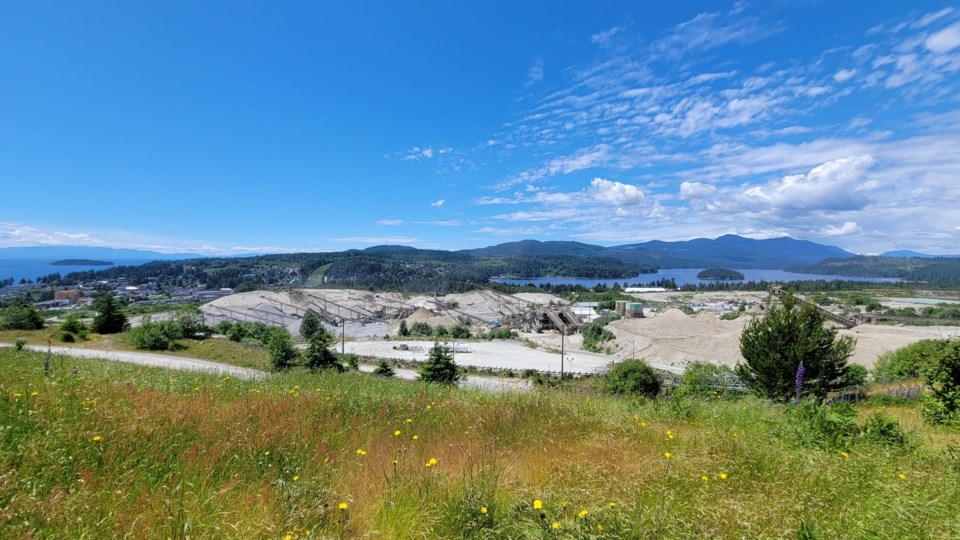Partnering with the shíshálh Nation to request about $125 million in federal funding for water reservoir infrastructure is slated for Sunshine Coast Regional District (SCRD) board debate this week.
A special July 6 board meeting was called so that, if supported, a joint grant application can be submitted to the next intake of the Disaster Mitigation and Adaptation Fund (DMAF), which opens July 19.
In May, the nation announced its intention to build two water storage areas on its gravel aggregate lands near Chapman Creek, and is anticipated to apply to the DMAF for funding in the $100 million range, according to a SCRD staff report on the meeting agenda.
Under board consideration will be a plan to support the Nation’s ask and enter a separate – but linked – SCRD application for $24.9 million to expand and improve the SCRD’s Chapman Water Treatment Plant. Requesting shíshálh support for that application is another step recommended in the report, along with calls for letters of support from the Town of Gibsons and District of Sechelt.
Linked applications could see more grant dollars
With mutually supported and linked applications, full project funding for both projects could be considered by the DMAF. That program can fund up to 100 per cent of costs for requests from First Nations, including requests that involve other partners. It limits awards on applications from regional districts or municipalities to up to 40 per cent of approved project costs.
“As the upgrades required to the water treatment plant are directly and solely related to the shíshálh Nation-owned reservoirs, the [SCRD] application will include a funding request for Chapman water treatment plant upgrades at 100 per cent funding,” the report states. If an application for a treatment plant project was submitted by the SCRD on its own, a plan on how to remaining costs would be required and “would most likely include debt funding” the report points out.
Integrated planning for water supply projects among the lower Coast’s local governments was one of the focuses of the shíshálh Nation-hosted water summit meetings. Those events involved elected officials and senior staff of those entities along with local Member of the Legislative Assembly Nicholas Simons and constituency staff from the office of local Member of Parliament Patrick Weiler. The most recent meet-up was hosted May 25.
“The DMAF has over $1 billion available for projects,” the staff report notes. The DMAF program website details that it was set up to invest in infrastructure projects to build resilience in communities affected by natural disasters triggered by climate change, including drought.
SCRD documentation details that the Chapman treatment plant opened in 2004 and cost about $7 million to construct. The regional district received $3.8 million in grant funding for that build. In 2021, a $2.1 million upgrade to the site's chlorination system was launched and is set to be completed later this year. The facility currently processes about 4.1 billion litres of drinking water annually. It has about 10,600 connections and supplies 90 per cent of the SCRD's water customers. Areas served extend from Halfmoon Bay and West Howe Sound, but exclude the Town of Gibsons, which has its own water supply.
Water updates also slated
Also included on the 1:30 p.m. July 6 meeting agenda is a presentation on the SCRD’s own separate Chapman system water reservoir initiative. No details on a presentation titled “Site B Reservoir Phase 4 Update” were included on with the meeting documents posted on the SCRD website on June 30. Other items listed for meeting discussions are updates on the region’s water supply and demand analysis and water supply/conservation projects.



